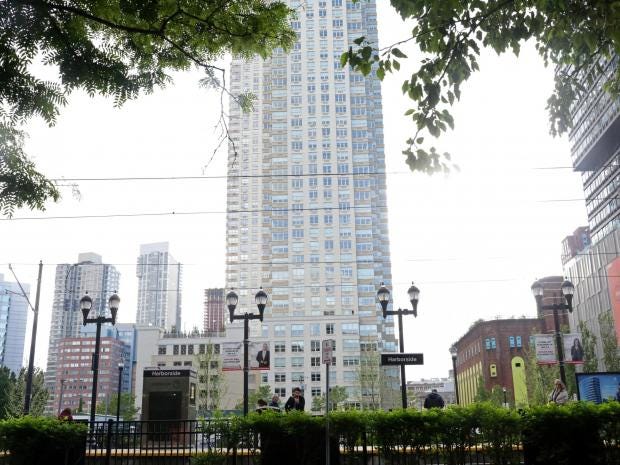
Jared Kushner and his real estate partners wanted to take advantage of a federal programme in 2015 that would save them millions of dollars as they built an opulent, 50-storey residential tower in this city’s booming waterfront district, just across the Hudson River from Lower Manhattan.
There was just one problem: The programme was designed to benefit projects in poor, job-starved areas.
So the project’s consultants got creative, records show.
They worked with state officials in New Jersey to come up with a map that defined the area around 65 Bay Street as a swath of land that stretched nearly four miles and included some of the city’s poorest and most crime-ridden neighbourhoods. At the same time, they excluded some wealthy neighbourhoods only blocks away.
The tactic – critics liken it to the gerrymandering of legislative districts – made it appear that the luxury tower was in an area with extraordinarily high unemployment, allowing Kushner Companies and its partners to get $50 million in low-cost financing through the EB-5 visa programme.
The move was legal, and other developers have used similar strategies in recent years, often aided by state officials who welcome the infusion of cash. But it illustrates how Kushner, who ran his family’s real estate company before he became a senior adviser to President Donald Trump, and his partners exploited a loophole in a federal programme that prominent members of both parties say has been plagued by fraud and abuse.
On the south side of Jersey City, which has some of the most entrenched poverty in the New York City region, many people interviewed one day last week were surprised that their neighbourhood’s troubles were part of the reason that 65 Bay Street got cheap financing.
“That’s very sad,” said Pastor Shyrone Richardson of the World Outreach Christian Church in the struggling Bergen-Lafayette section of Jersey City. “Unfortunately, the people who are benefiting from this are not the people in this area.”
Richardson’s church is in a five-block area where nearly 1 in 5 were jobless and there were three fatal shootings in 2015, according to an analysis of crime and census data.
His neighbourhood seems a world away from the gleaming office towers and trendy cafes that surround 65 Bay Street. The Jersey City waterfront saw a building boom after 9/11 that transformed the area into one of the hottest real estate markets in the New York metro region, drawing residents from Manhattan and Brooklyn.
Apartments in the Bay Street building, marketed as Trump Bay Street, rent for up to $4,700 a month and offer sweeping views of Lower Manhattan. A nearby commuter train shuttles passengers to the World Trade Center within minutes. The area within a roughly three-block radius around the building had an unemployment rate of just 2.6 percent in 2015, according to census data.
Under the EB-5 programme, a wealthy foreigner can get a fast-track visa by investing at least $500,000 in a project in a “targeted employment area.” To qualify, the area must have an unemployment rate 1.5 times the national average. For developers, the terms of the investment are more favourable than a bank loan.
[Source”timesofindia”]




